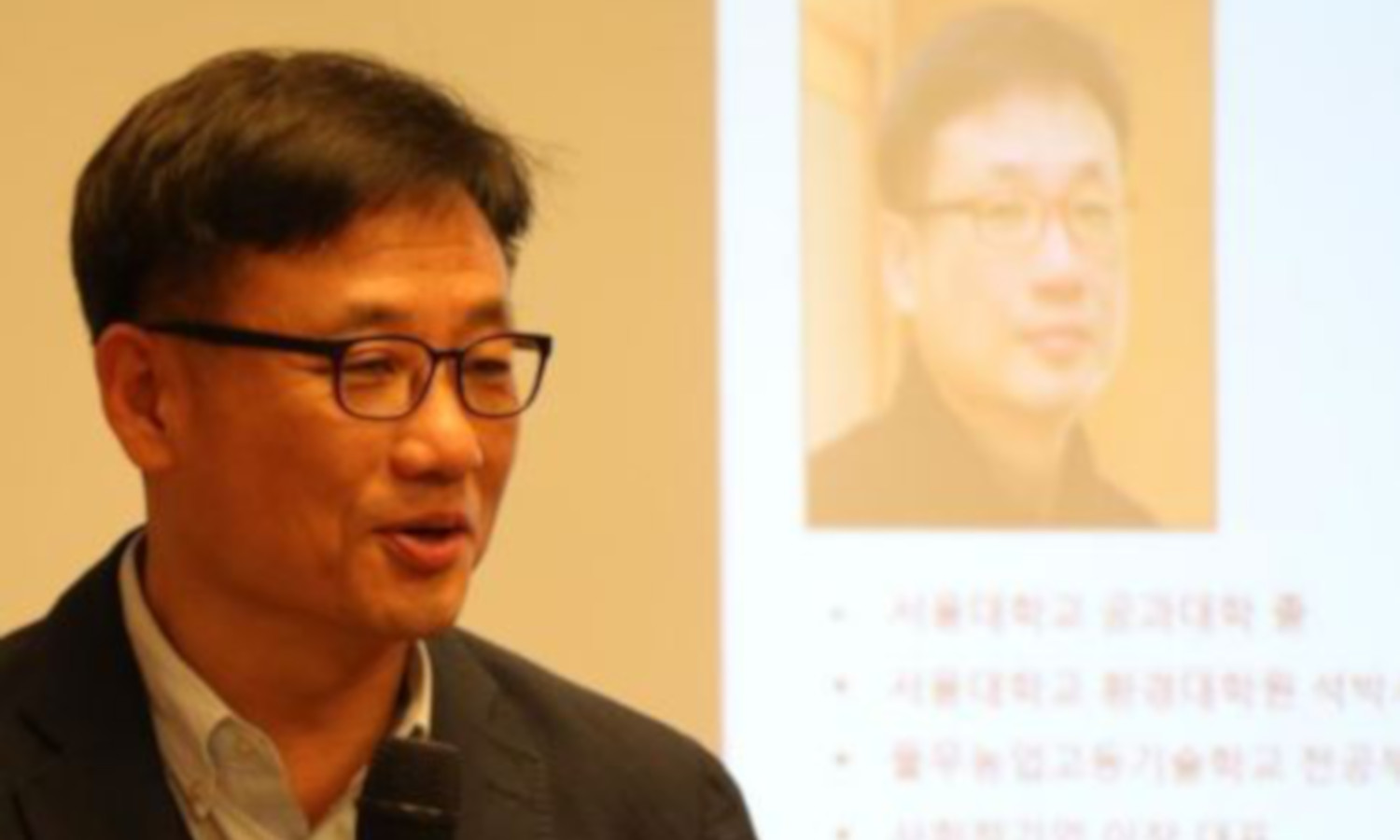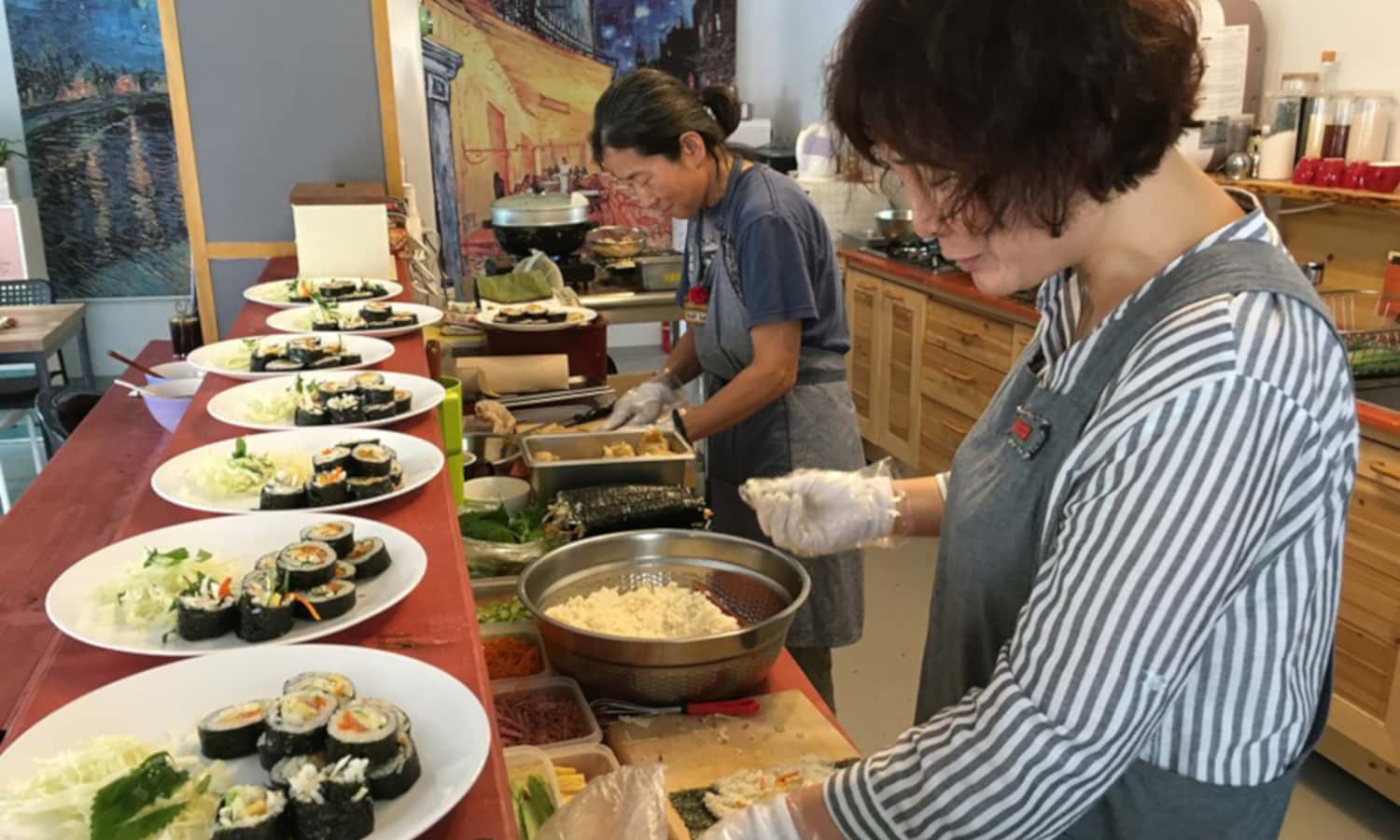People are getting older and older in South Korea and the aged population is especially concentrated in rural areas. During the country’s rapid industrialization, many people from rural areas moved to cities for educational and job opportunities. “Numerous young people left rural communities when they found no possible ways to earn good money by farming,” Kyoungsoo Lim, Former Director of Jeonju City Urban Regeneration Support Center in South Korea, tells Food Tank. The average age of a Korean farm manager increased from 61.0 in 2005 to 65.6 in 2015, putting future food security at risk.
“The free market does not work for agriculture,” Lim says to Food Tank. The laws of supply and demand do not effectively determine the prices of produce, and farmers cannot respond promptly to changes in demand. It takes several months to grow food, and farmers cannot cease growing in the middle of the year despite of the demand decrease—the price elasticity of supply is low. As a result, produce prices fluctuate from year to year. “But the government keeps letting the free market regulate produce prices and it fails to do so,” Lim says. “Policymakers focus more on helping farmers sell their products to supermarkets. However, these are not solving the fundamental problems.”
Lim believes that South Korea needs a new way to buy and sell agricultural products, to help farmers get fair prices and to restore the agricultural economy. There are some grassroot attempts to replicate community-supported agriculture and food assembly programs, but these are not popular yet. One of Lim’s rural rejuvenation projects in Sindaeri in the rural Gangwon Province, though, focused on building a new market where people sell rice through word-of-mouth referrals. There, it is now easier for new farmers to settle in the area, because they know that there is a pool of people willing to buy the food they produce.
Lim also highlights the importance of making money circulate within the community. “To revitalize the rural communities, we have to rely less on outside money from the cities and exploit resources already available in the areas as much as possible,” Lim says. However, “because of our past experience with fast, export-driven economic development, we still believe that the only way to develop rural areas is to draw money from big cities.”

Locally available side work can help. At a community kitchen in Lim’s neighborhood in Wanju, Jeolla Province, called Moyeora Ddaeng-Ddaeng-Ddaeng, members farm some days and take turns preparing lunch on other days. The kitchen helps create jobs and allows community members to save some money by offering locally sourced food at a reasonable price. In Korea, land is a highly valued investment asset, and its high prices serve as a barrier to new farmers: “Basically, you have to operate a large farm to make profit,” Lim says. “But if there are side jobs locally available, a small farm would be enough. Such side jobs should provide needed service in the community.”
Some local governments are taking initiative to establish a healthier food system. The Wanju government has implemented the Local Food Project, which directs produce from about 2,000 smallholders in Wanju to local schools and military bases, where substantial demand for food exists. And in Seoul, where not enough food is produced to feed all its residents, the city government has implemented the Urban Rural Coexistence Public Meal Service Project, which has each district create a partnership with a rural area to directly procure food and provide quality meals to children.
While urban agriculture projects are growing in Korean cities, the vast majority of food is produced in rural areas. Therefore, challenges faced by rural communities are inseparable from food system-related issues. “The government should be committed to ensuring rights to food by establishing a healthy food system, and the best way to do so is to link food production and consumption locally,” Lim says to Food Tank.











